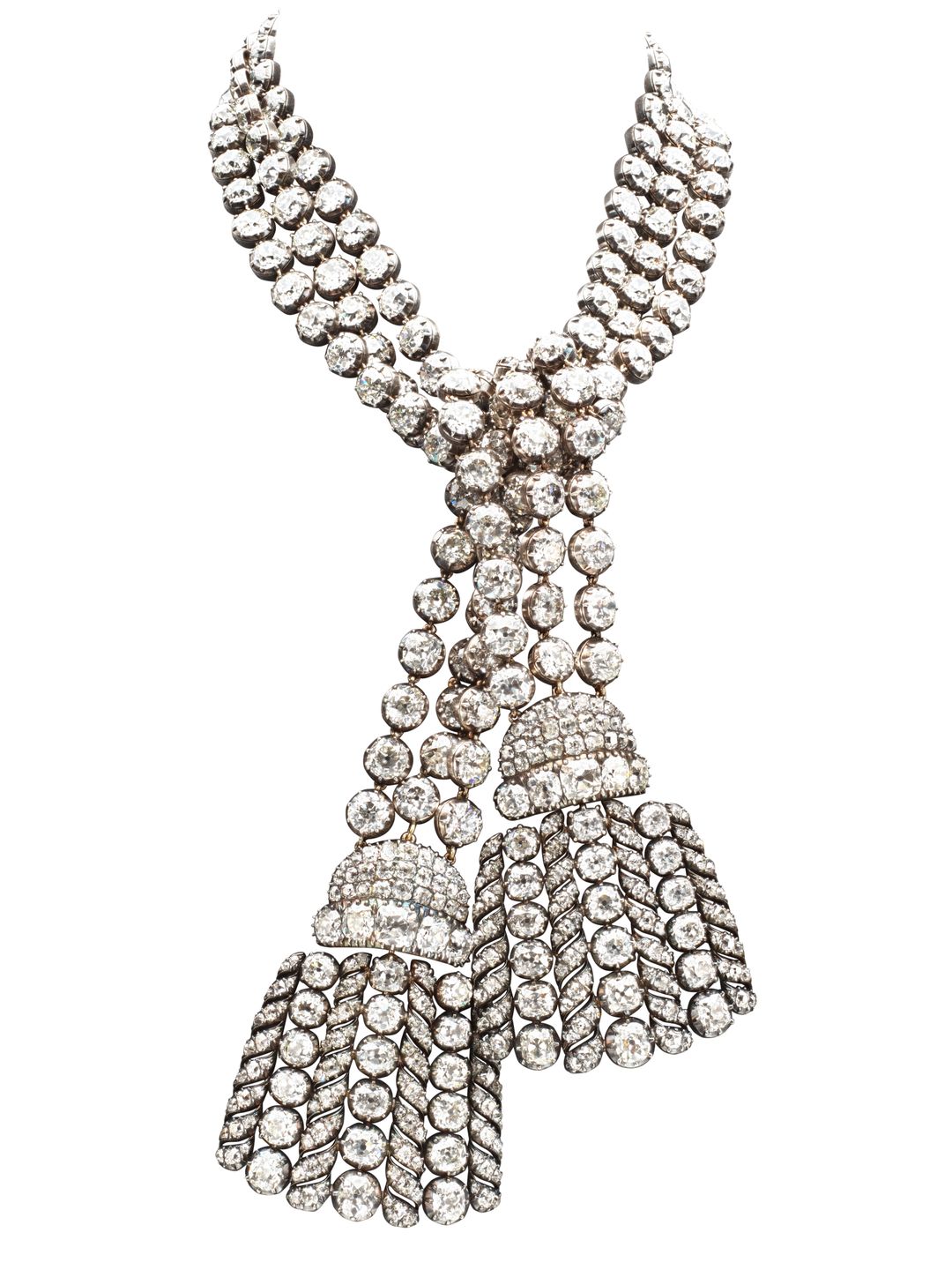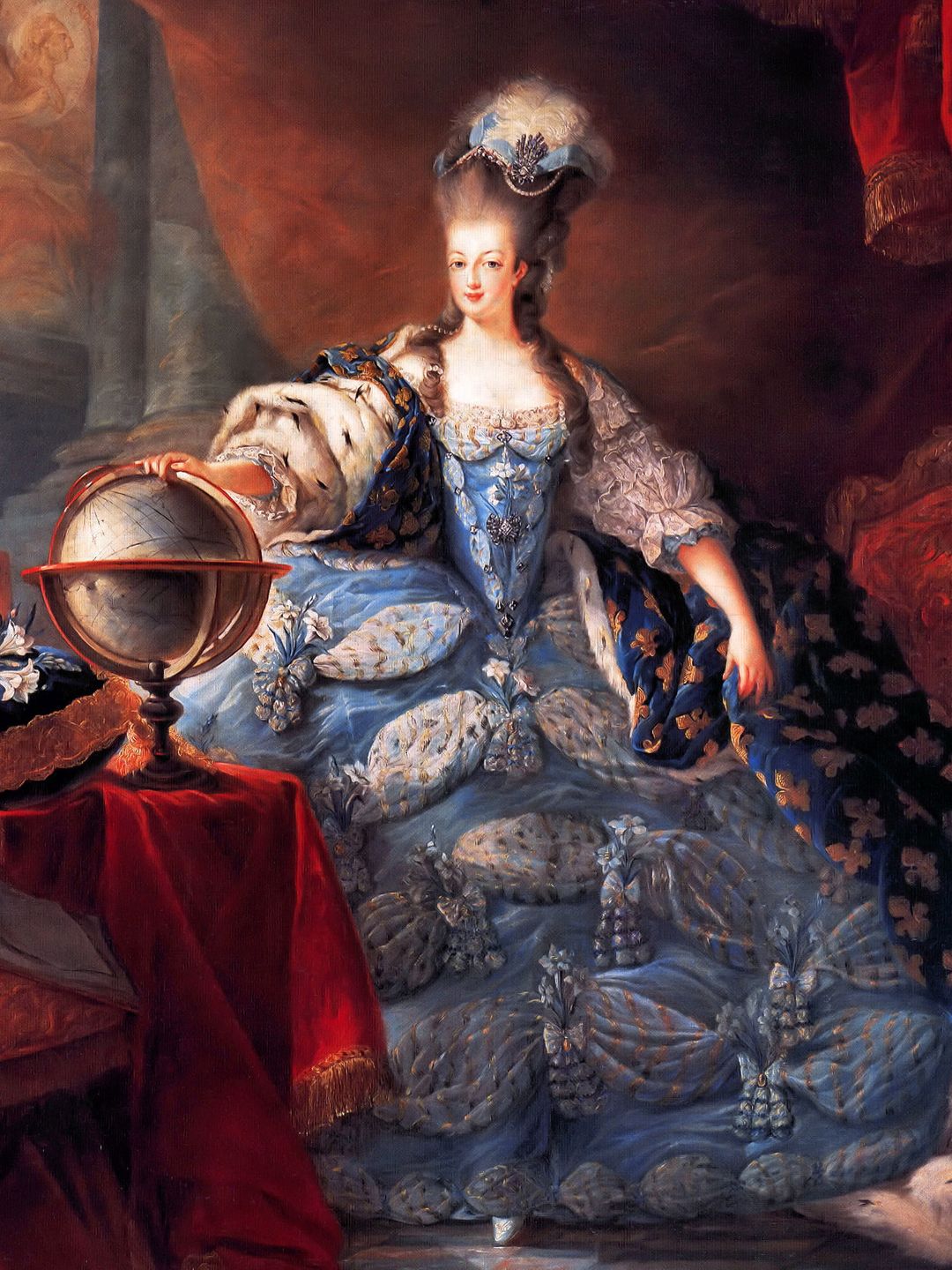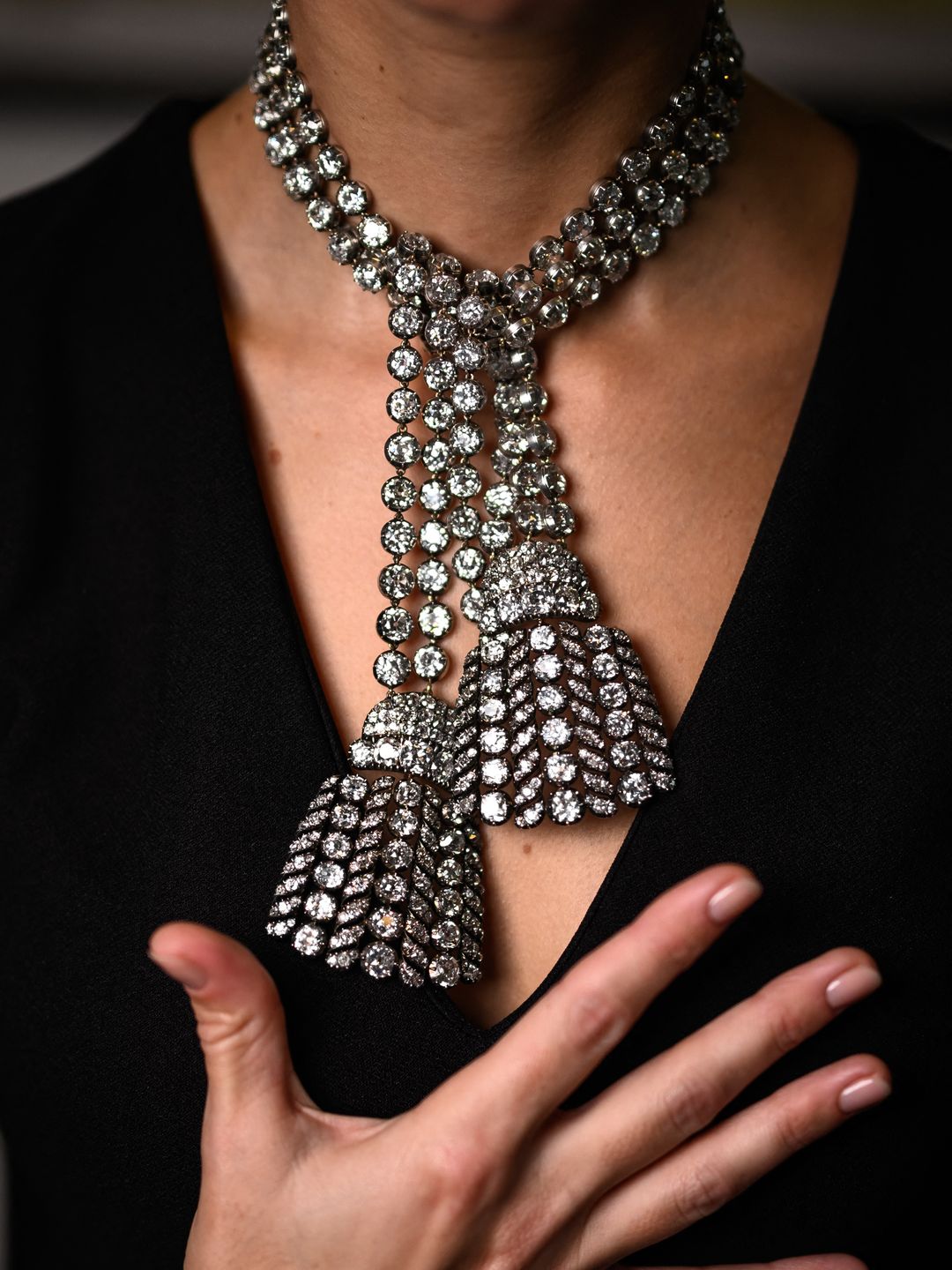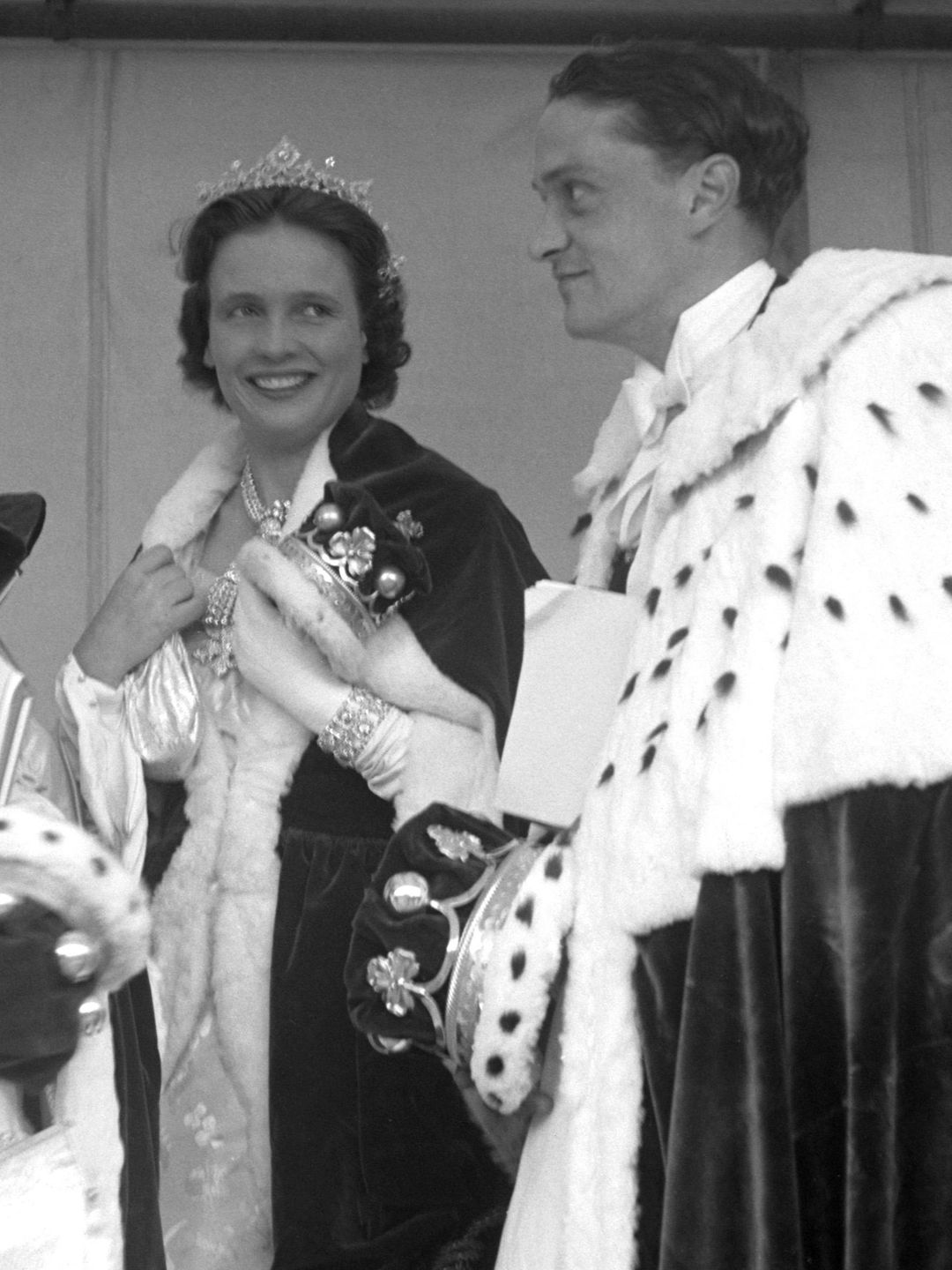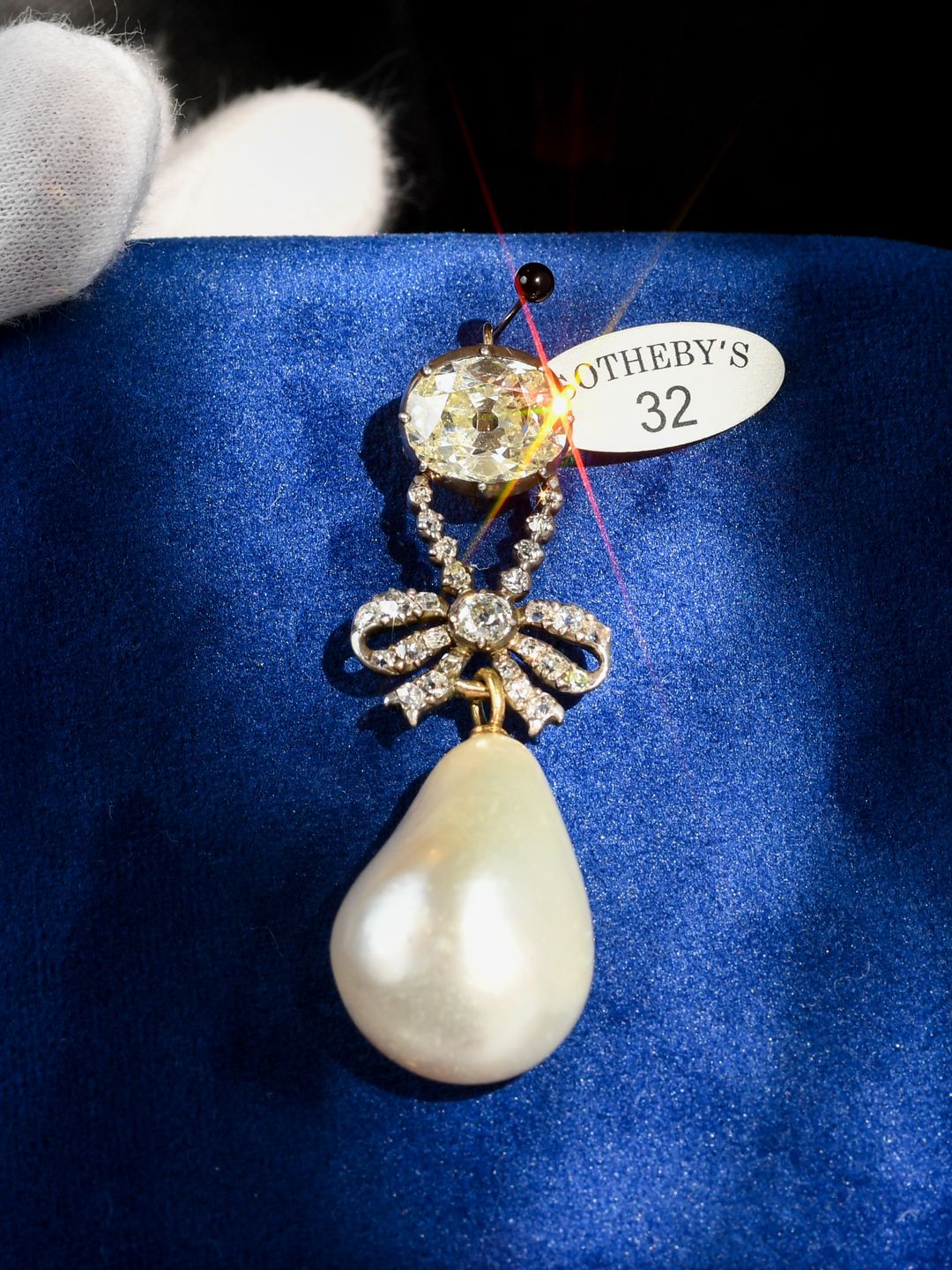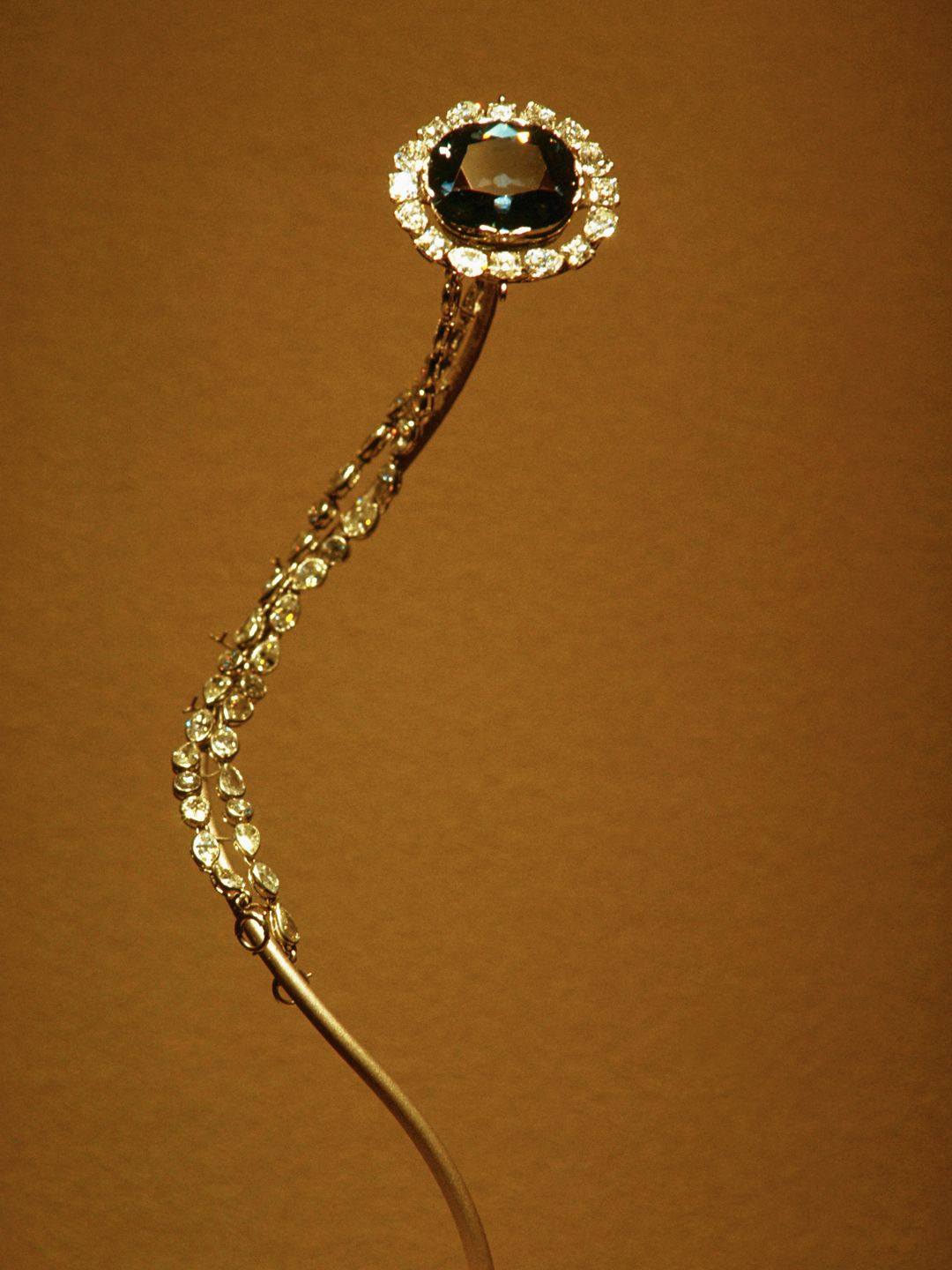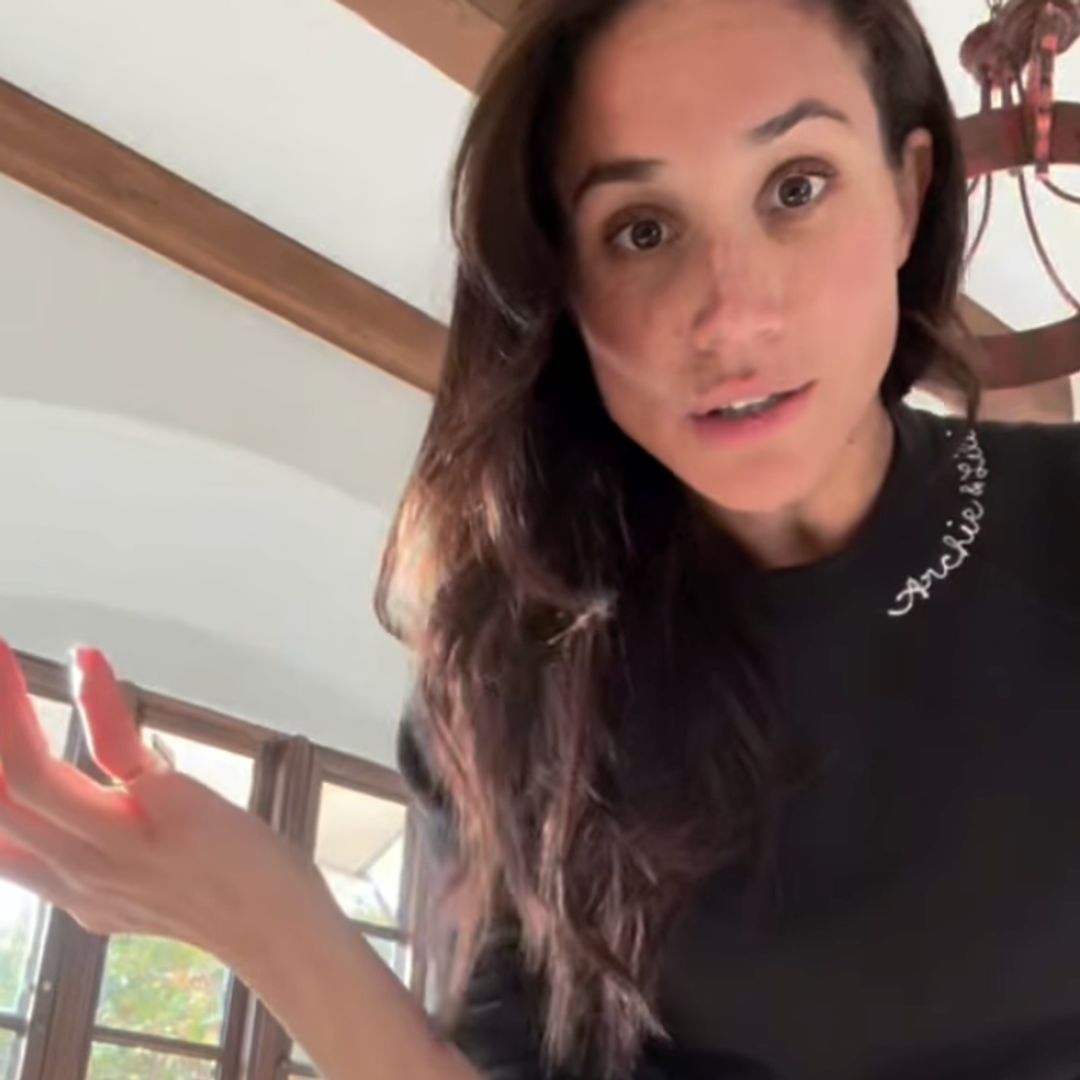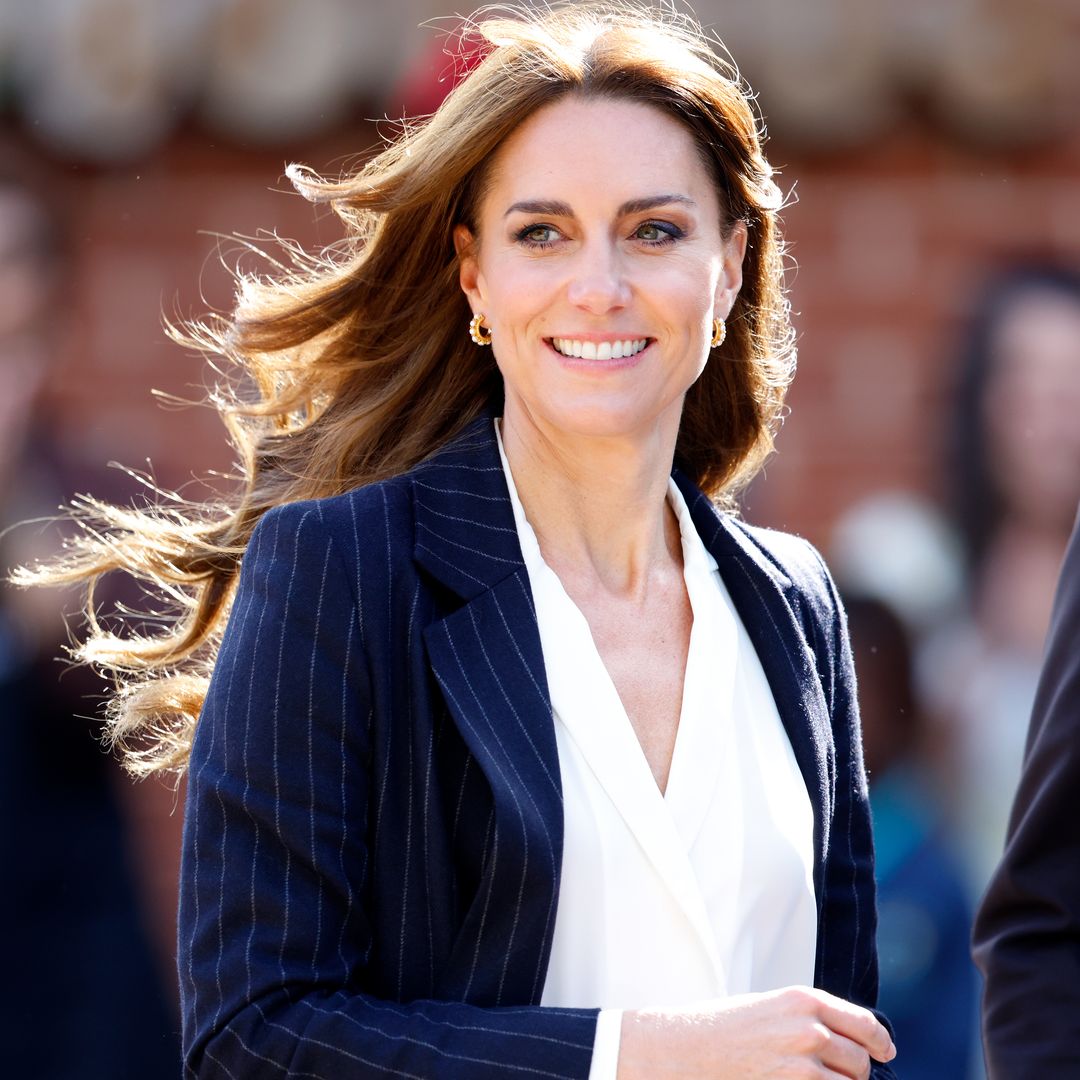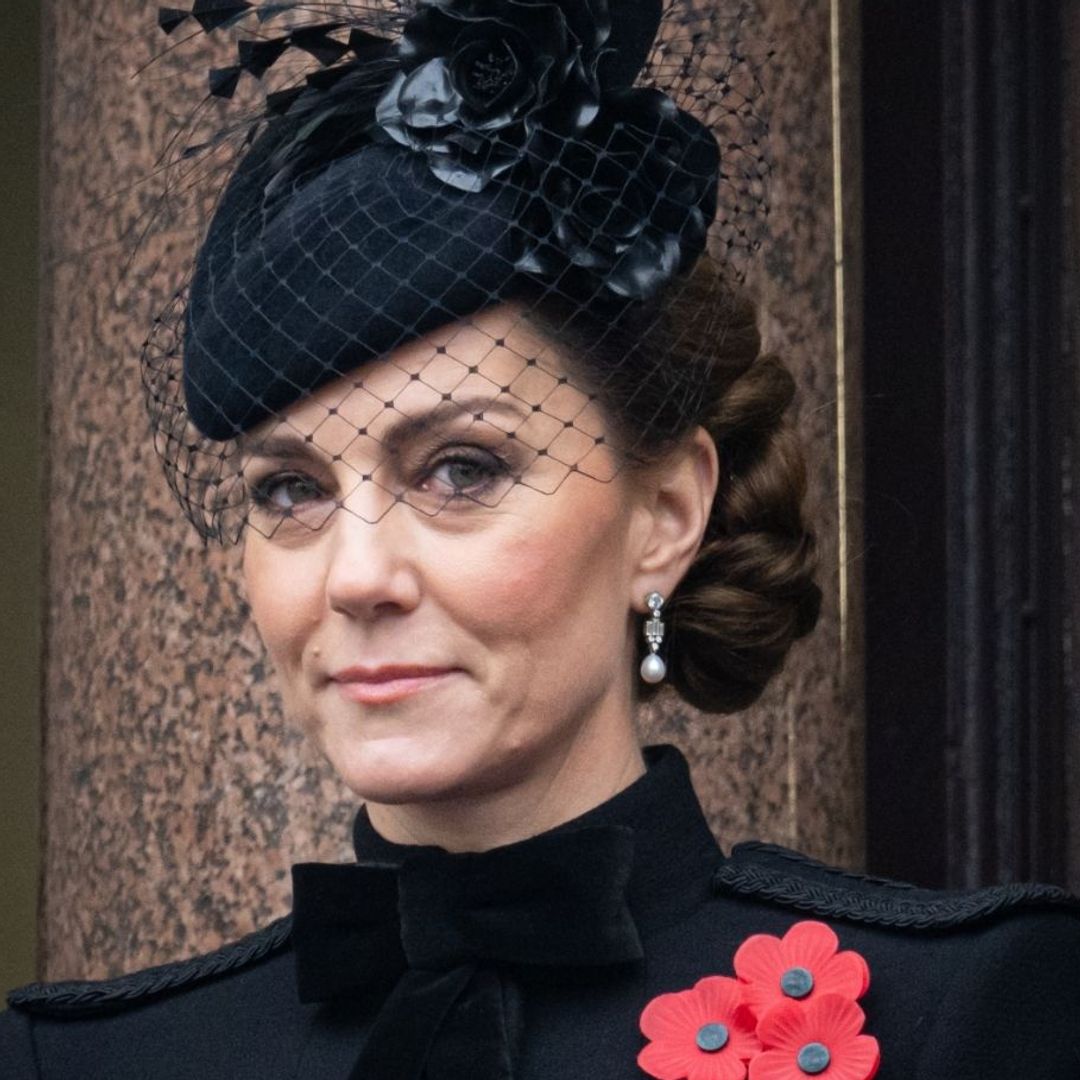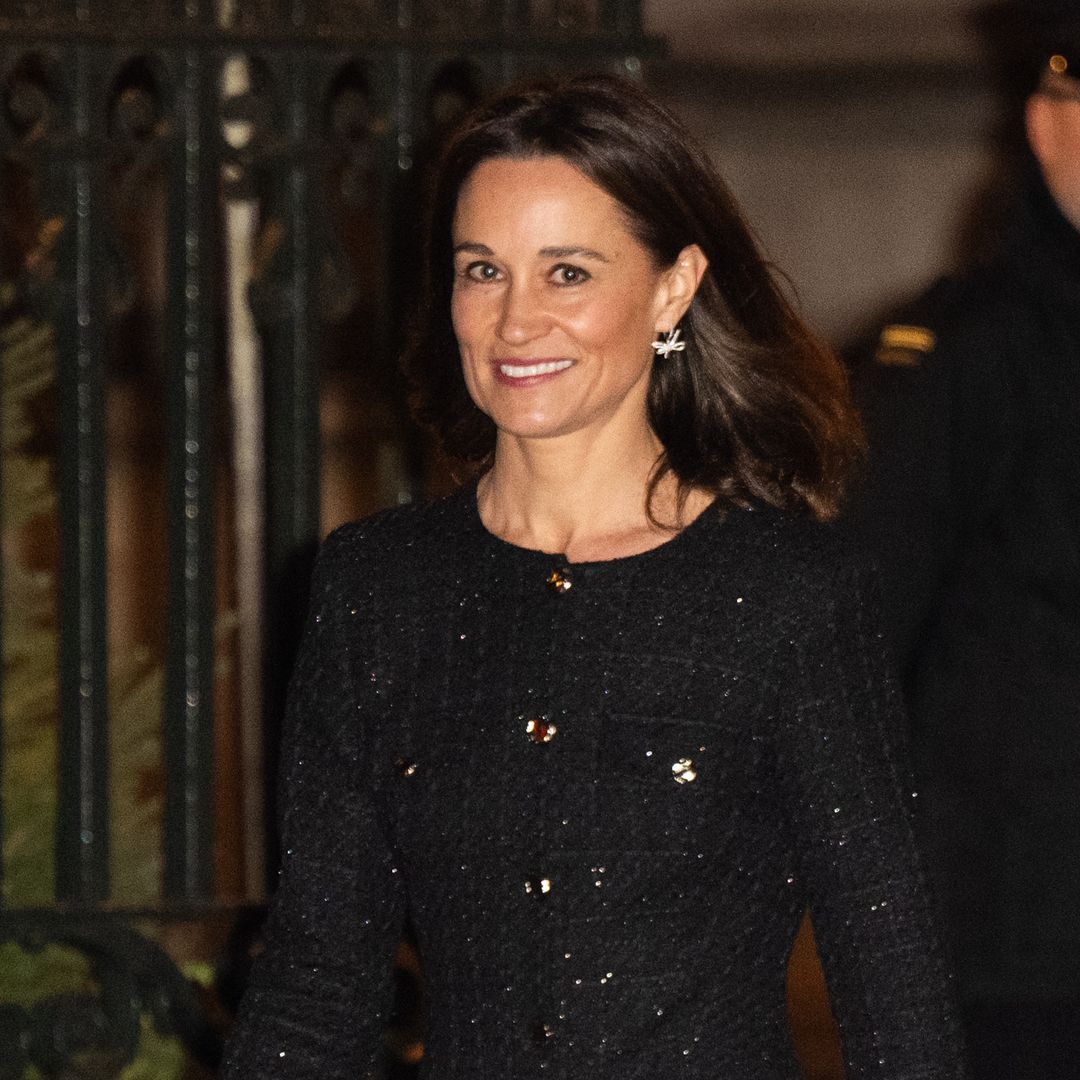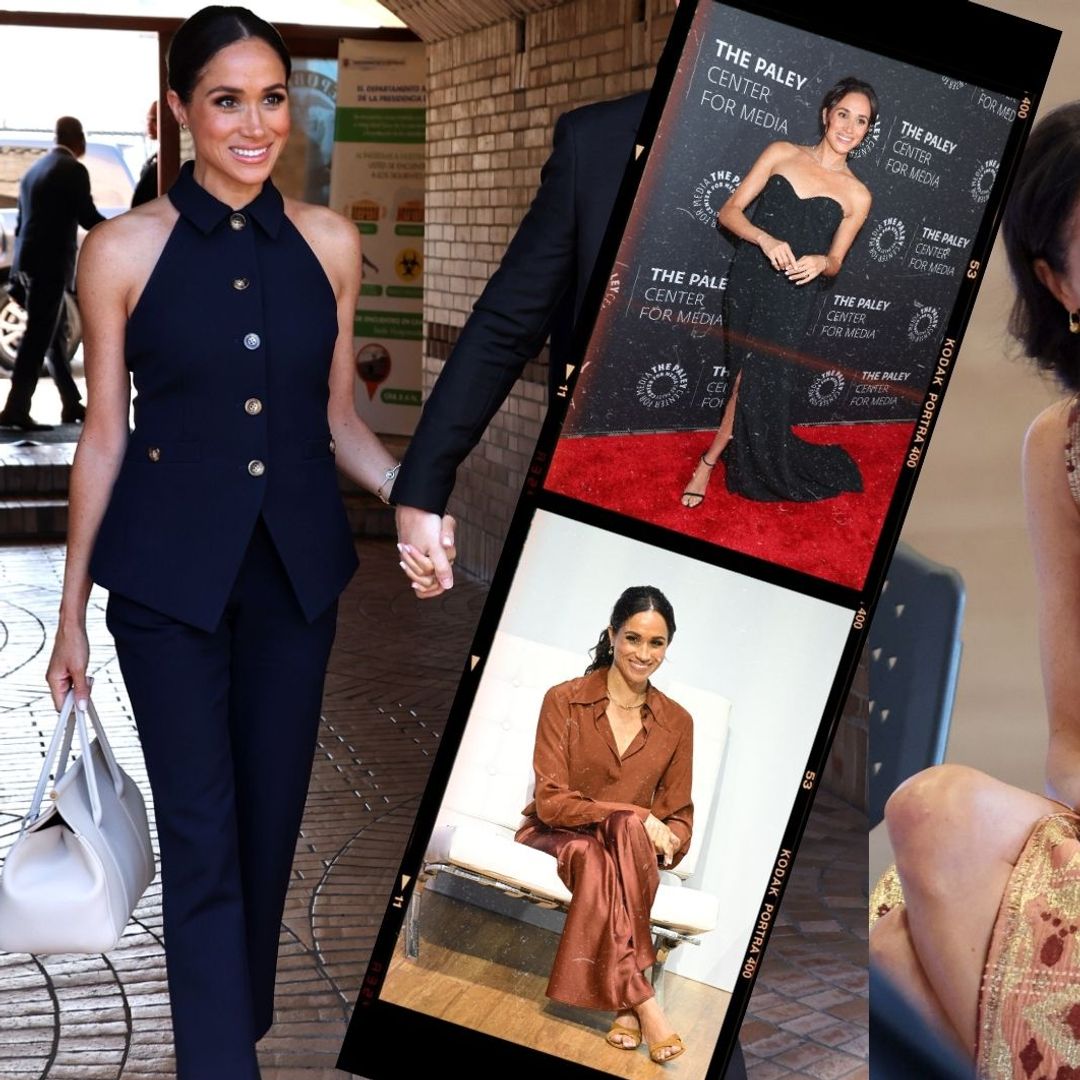On Monday November 11, Sotheby's will auction off an extraordinary piece of history: A 300-carat diamond necklace dating back to 1776, a piece so dazzling that it's been tied to the downfall of Marie Antoinette.
Last worn by British aristocrats at the coronations of King George VI and Queen Elizabeth II, this legendary necklace is now resurfacing, courtesy of its current owner—an Asian collector who has kept it under wraps for over five decades.
Tobias Kormind, managing director of Europe’s largest online diamond jeweller 77 Diamonds, shared his thoughts on the jewellery's historic allure: "A scandalous link to Marie Antoinette and the dramatic end of the French monarchy, this historic necklace, which is unusually intact for a Georgian jewel, has it all."
While some historians question the connection, as the original necklace was supposedly dismantled and sold on the black market, the legend remains tantalisingly alive. “What’s more, jewels associated with Marie Antoinette have previously fetched head-turning prices at auction – a diamond bracelet auctioned in November 2021 by Christie’s in Geneva sold for $8.2m, over twice its estimated prices, and a diamond and pearl pendant auctioned in November 2018 by Sotheby’s in Geneva sold for over $42m, setting a new record for a natural pearl,” explains Tobias. The necklace is expected to fetch between $1.8 and $2.8 million (£1.3 - £2.1 million) when it goes under the hammer.
The Scandalous Link to Marie Antoinette
In the 1780s, Marie Antoinette’s reputation took a severe hit in what became known as "The Affair of the Diamond Necklace." Jeanne de La Motte, a cunning noblewoman and master thief, orchestrated a plot to deceive Cardinal de Rohan, convincing him that he was secretly purchasing the necklace on behalf of Marie Antoinette. Once Jeanne got her hands on the diamonds, she sold them off, but the scandal exploded in a sensational trial that dragged Marie Antoinette’s name through the mud. In The Ring of Truth: And Other Myths of Sex and Jewelry author Wendy Doniger illustrated the public outrage, "The French public believed that the queen had accepted the necklace from the cardinal, and this blow to her already bad reputation greatly contributed to the Revolution."
Experts now believe that some of the original diamonds from this infamous necklace may have found their way into the piece being auctioned at Sotheby’s, the auction house says this is "based on the timing, the style of the necklaces and the quality and age." Supporting this theory is a diary entry from Sir Henry 'Chips' Channon, a notable British society figure of the time. In 1946 Sir Henry wrote about Clare Sutherland-Leveson-Gower, Duchess of Sutherland, wearing "Marie Antoinette’s famous diamond necklace, or at least two ropes of it… The rest, according to history, was broken up before the French Revolution but I believe the Anglesey tassels, which Marjorie sometimes wears, are a part of it."
A Piece with Noble Provenance
With its elaborate scarf-style design and lush tassels, the necklace is a quintessential display of Georgian opulence. According to Sotheby’s, it showcases the "opulence and versatility" characteristic of the jewels from that era. Crafted from India’s famed Golconda diamonds, which are among the rarest and finest in the world, the necklace’s provenance is equally grand.
Once part of the Paget family’s collection, it was worn at two coronations: by Lady Marjorie Manners, (Marjorie Paget, Marchioness of Anglesey) in 1937 and by her daughter-in-law Shirley Morgan (Shirley Paget, Marchioness of Anglesey) in 1953. "She [Lady Marjorie Manners] was immortalised wearing her coronation robes and diamond jewel by the renowned society photographer Cecil Beaton. In 1953, her daughter-in-law attended the coronation of Queen Elizabeth II wearing the same ensemble of heirloom jewels. The seventh Marquess of Anglesey parted with the piece around the 1960s," explains Sotheby's. If the name Paget sound familiar thats because you may be thinking of Clara Paget, the actress and model known for her roles in films St Trinian's 2 and Fast & Furious. Clara, who is a member of the aristocratic Anglesey family, graced the cover of H! Fashion back in 2019.
In 1959, the necklace was displayed in London alongside the famous Williamson Pink Diamond. Afterward, it vanished from public view, residing in private hands since the 1970s. Now, it’s making a grand return, having recently travelled for display across London, Hong Kong, New York, Singapore, Taipei, and Dubai, all leading up to Sotheby’s upcoming 'Royal & Noble' auction with will take place in Geneva’s Mandarin Oriental.
Where Is Marie Antoinette's Jewellery Now?
A few pieces tied to Marie Antoinette have indeed survived, residing mostly in private collections. When these jewels emerge at auction, they command astronomical prices. Her diamond bracelet sold for over $8 million at Christie’s in 2021, while her pearl-and-diamond pendant fetched over $42 million in 2018, breaking records for a natural pearl.
Did the Hope Diamond belong to Marie Antoinette?
King Louis XIV had a deep appreciation for rare and exquisite gems, with a particular love for diamonds. In December 1668, explorer Jean-Baptiste Tavernier presented the king with a remarkable collection of diamonds he had gathered during his recent travels in India.
By February 1669, Louis XIV acquired this collection, which included an impressive large blue diamond. Known initially as the "French Blue," this diamond became part of the French Crown Jewels and was later set into the Order of the Golden Fleece by Louis XIV’s grandson, King Louis XV.
According to The Smithsonian, "It is highly unlikely that Marie Antoinette, King Louis XVI, or anyone else in the French Royal family ever wore the French Blue. At the time, the diamond was set within the elaborate Order of the Golden Fleece emblem, which functioned not as a traditional piece of jewelry but rather served as a symbol of the king’s power." This made the French Blue less an accessory and more a display of royal authority, and while it belonged to the French monarchy’s collection of crown jewels, Marie Antoinette did not directly own it.


